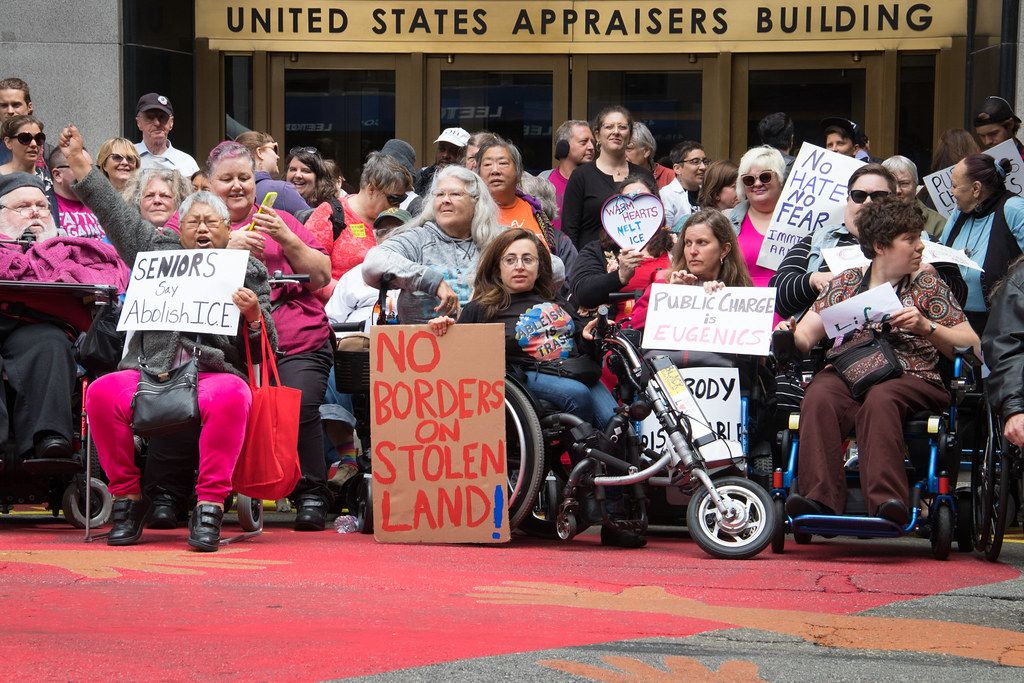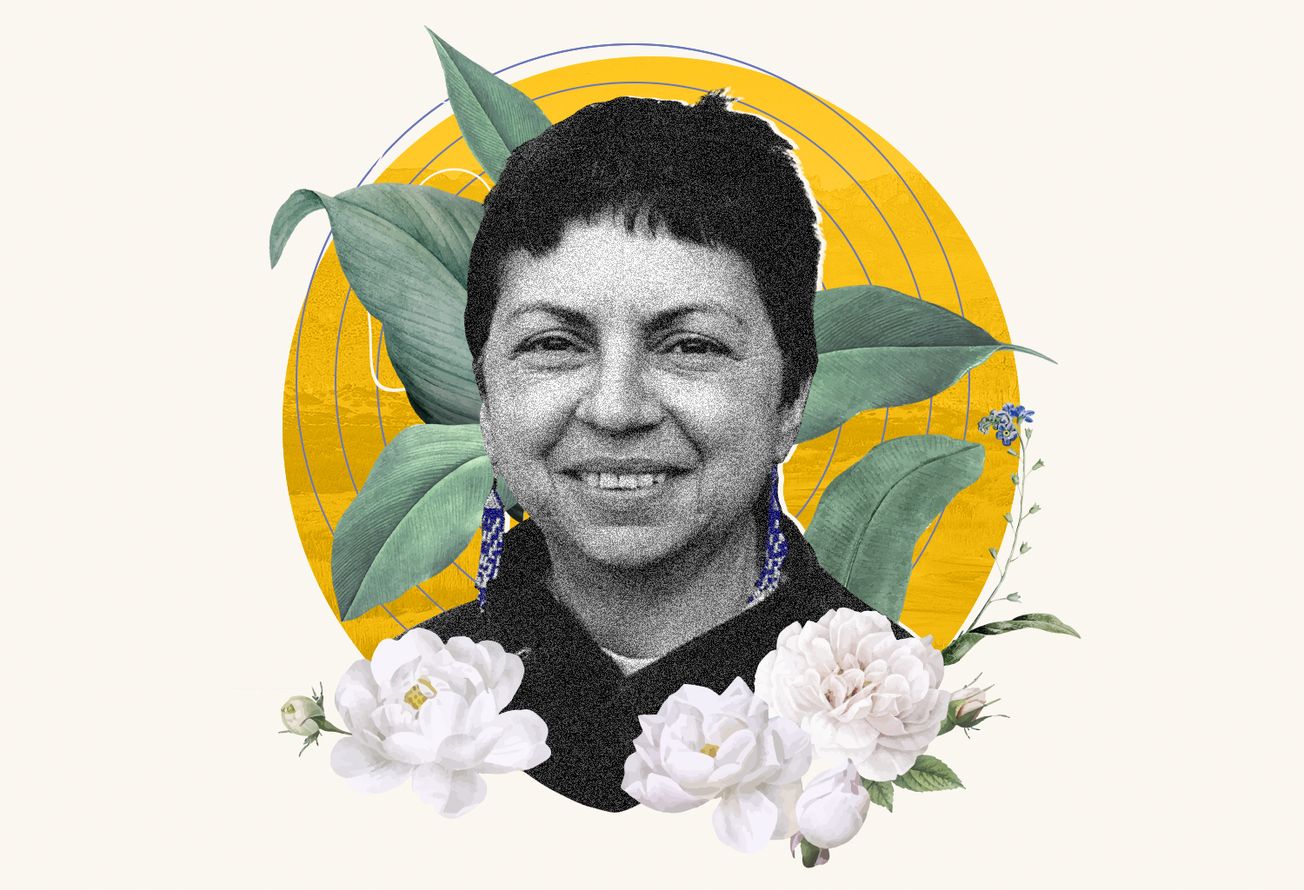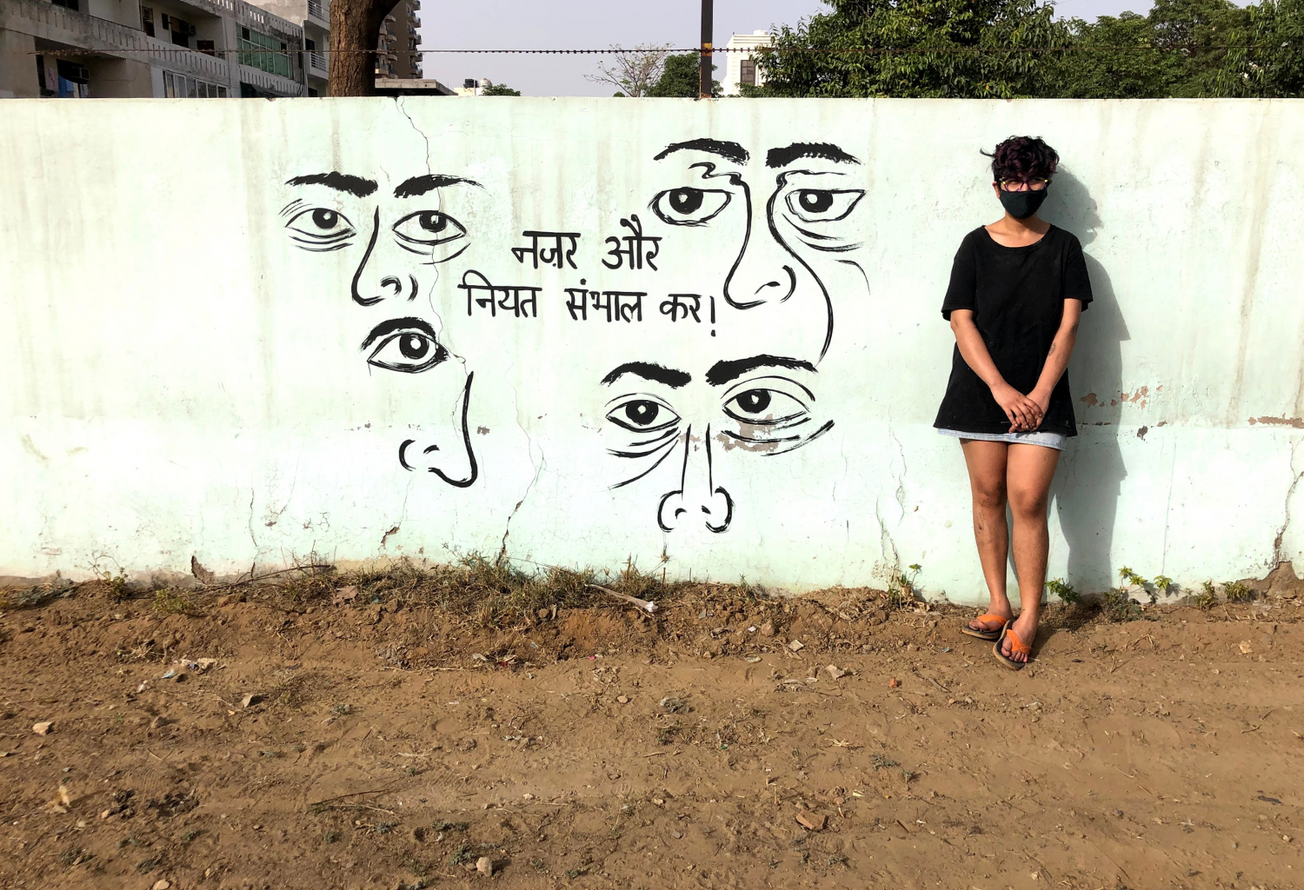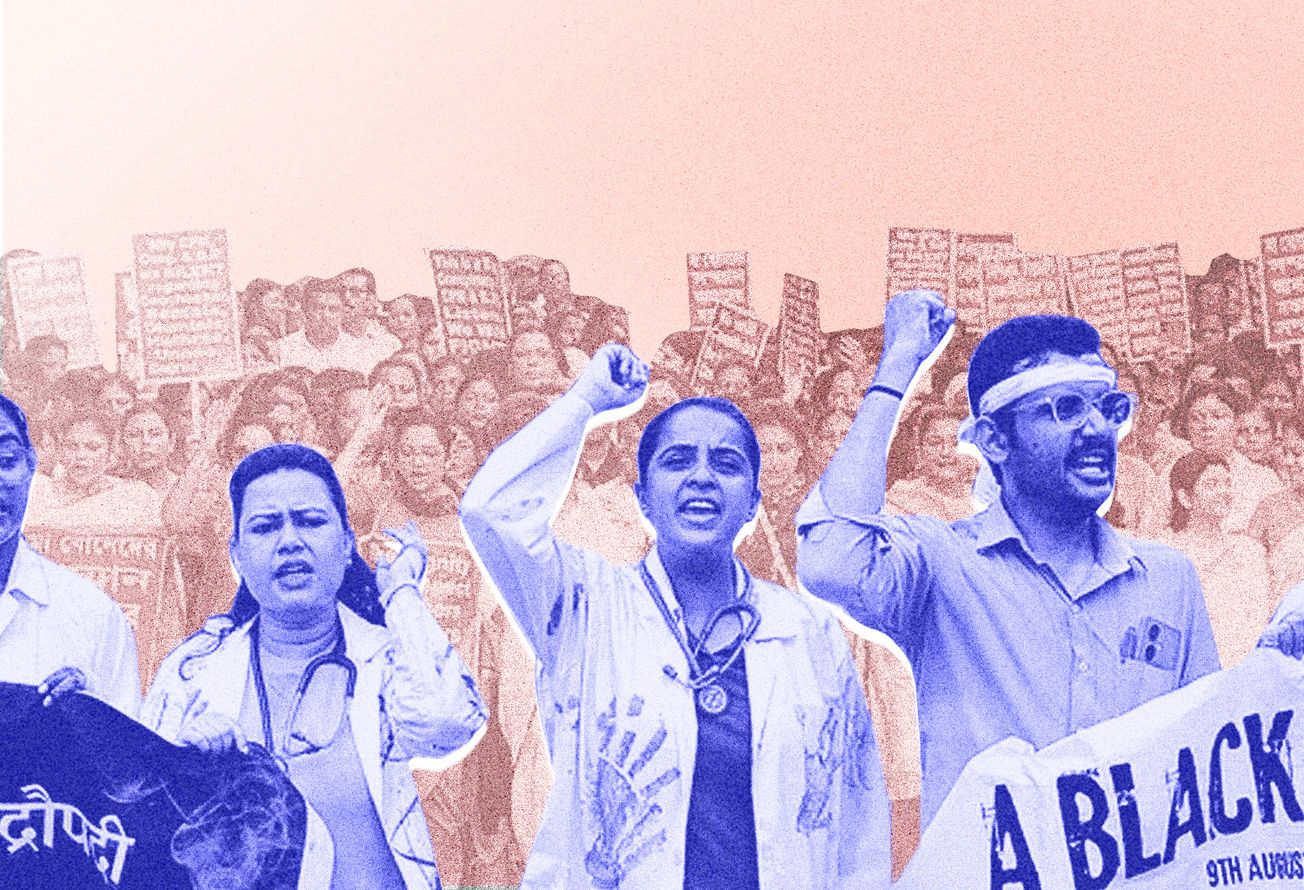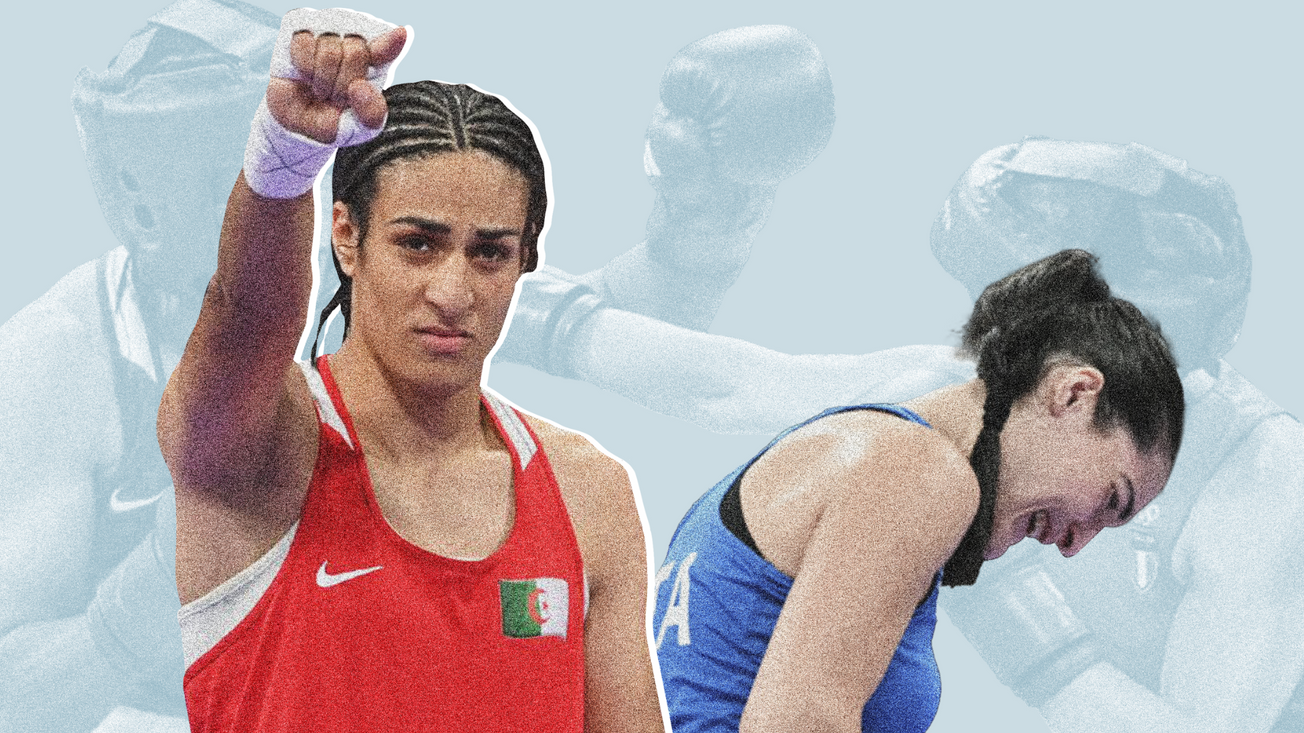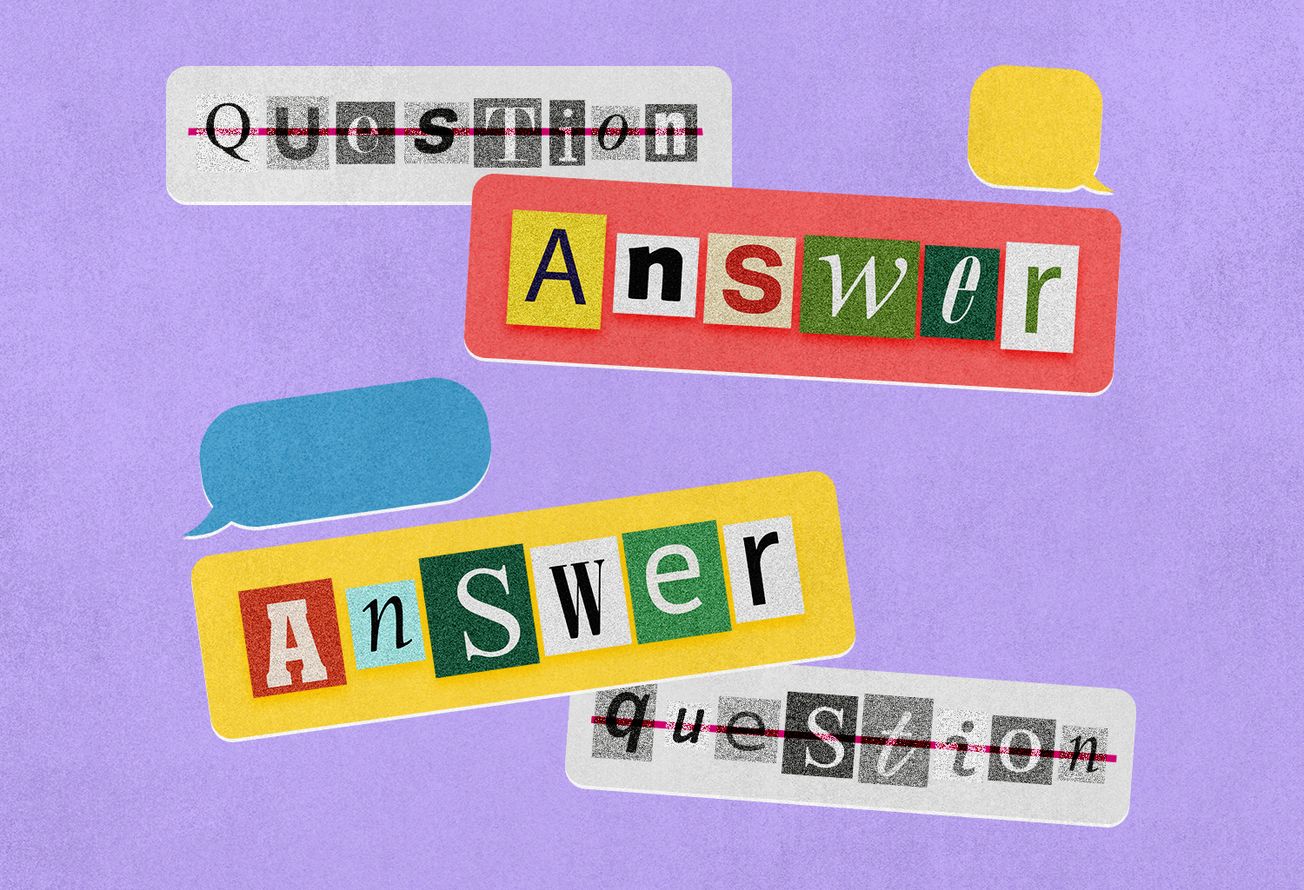July is Disability Pride Month. Boston, Massachusetts, held the first-ever Disability Pride Day event after George HW Bush signed the Americans with Disabilities Act (ADA) on 26 July 1990, to prohibit discrimination against people with disabilities. Since then, the month recognizes and celebrates disability as a natural human difference for people living with disabilities to take pride in.
The US Disability rights movement established civil rights for people with disabilities and opened up opportunities for them to engage with public spaces. The movement gained momentum in the 1960s and led to the Americans with Disabilities Act (ADA) being passed in 1990. However, the movement could not account for the intersections of race, gender, sexuality, age, immigration, status, religion, etc. Disability Justice addresses these limitations.
Disability Justice is a term that was coined in 2005 by a collective of disabled queer women of color, including Patty Berne, Mia Mingus, and the late Stacey Milbern. Disability Justice builds on the disability rights movement by recognizing the intersectionality of oppression-disabled people of color, immigrants with disabilities, queers with disabilities, trans and gender non-conforming people with disabilities, people with disabilities who are houseless, people with disabilities who are incarcerated, people with disabilities who have had their ancestral lands stolen, amongst others.
Disability Justice recognizes that able-bodied supremacy is the result of a society entrenched in heteropatriarchy, colonialism, and capitalism. These systems of domination and exploitation actively assist ableism to create the myth of the “ideal bodymind”. Within this framework, the disabled body is considered the permanent “other” and is either eliminated or exploited.
The movement’s manifesto notes:
- All bodies are unique and essential.
- All bodies have strengths and needs that must be met.
- We are powerful, not despite the complexities of our bodies, but because of them.
- All bodies are confined by ability, race, gender, sexuality, class, nation state, religion, and more, and we cannot separate them.
The ableist bias, owing to medical racism and historical discrimination, continues to affect the rights of disabled people. In India, medical racism and historical discrimination continue to affect the rights of disabled people. The situation worsened during the pandemic. Persons with disabilities were deprived of monthly pensions and had no access to caregivers or health care. Covid-19 directives and addresses were neither rendered in accessible formats nor accompanied by language interpreters.
This discrimination is aggravated by further marginalisations. Experiences of prejudice are defined by structures of caste and gender. Stigmatization and negative stereotypes make it difficult to access education and employment. SC/ST women with disabilities are particularly vulnerable to sexual violence.
A shift towards disability justice approach allows us to consider these nuances and promotes inclusivity. Principles of intersectionality and anti-capitalist politics can encourage dialogues between varied social movements and confront the ableist social structure more effectively.
For more information, visit:
- www.sinsinvalid.org/
- https://www.littleglobe.org/portfolio/disability-justice-collective/
- http://disabilityj.blogspot.com/
- https://www.northwesthealth.org/djaudittool
- https://projectlets.org/disability-justice https://www.sinsinvalid.org/blog/disability-justice-a-working-draft-by-patty-berne


